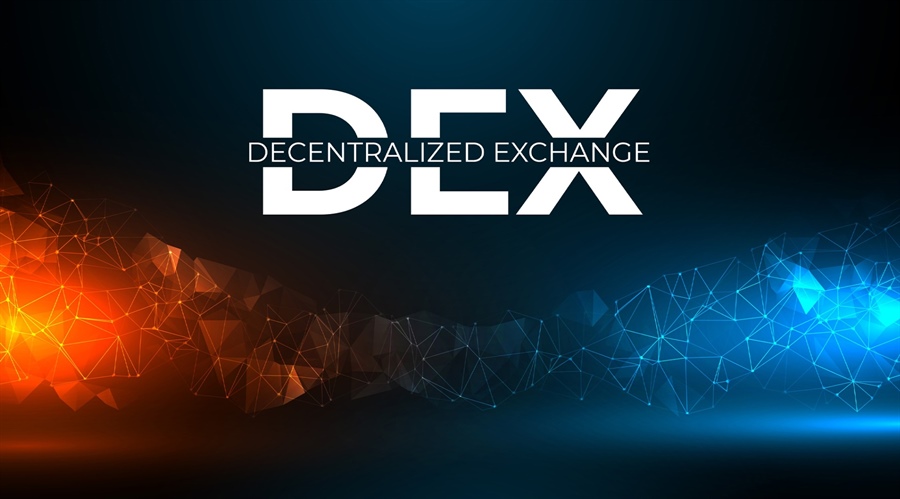Decentralized Crypto exchanges despite having their own pros (limitless crypto trading pairs) and cons (difficult onboarding experiences) in comparison with centralized exchanges of the world are still gaining popularity.
According to a new Chainalysis report, Web 3 users sent $224 billion in on-chain value to DEXs between April 2021 and April 2022, outpacing centralized exchanges like Coinbase, which combined for $175 billion during the same period.
While these figures do not speak to overall trading volumes, they do demonstrate how DEXs can be a viable alternative to CEXs. However, the shift from CEXs to DEXs raises concerns about how this burgeoning crypto sector will be regulated. Decentralized exchanges operate autonomously and, for better or worse, lack the human element of centralized exchanges. As a result, they are more difficult to regulate.
According to Chainalysis Economist Ethan McMahon, the shift from CEXs to DEXs began in 2020’s DeFi Summer and continued through the 2021 non-fungible token (NFT) boom. According to the report, DEXs will achieve a 50% market share for the first time in September 2020. This figure peaked at 80 percent in June 2021.
When asked about future DEX dominance, McMahon stated that regulation will most likely play a role in these figures.
According to McMahon though decentralized exchanges are non-custodial and provide a wide range of currency pairs yet they are not so easy to use and do not provide the same regulatory assurance as centralized exchanges.
If DEXs popularity increases there is a possibility of a regulatory crackdown.
McMahon stated that if regulation is a hindrance then the market share might actually be reduced.




